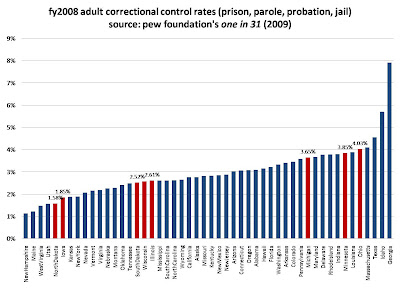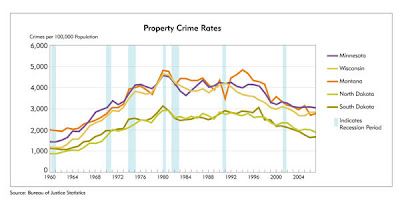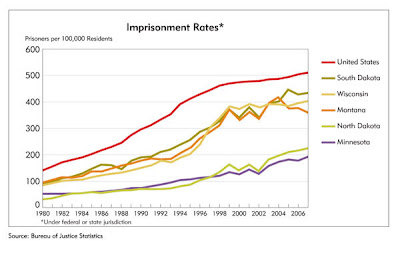 justin piehowski at minnpost points to lori mocha’s fine depression and laughs, addressing the phenomenon of depression blogging. ms. mocha’s response was spot-on:
justin piehowski at minnpost points to lori mocha’s fine depression and laughs, addressing the phenomenon of depression blogging. ms. mocha’s response was spot-on:
nice.
there are clear elements of both group therapy and personal journaling in such blogs, carried along by the writer’s honesty and wit. i’d guess that depressed bloggers generally have the same sort of motivations and procreant impulses as non-depressed bloggers, but i really have no empirical basis to make such a claim.i expect we’ll be seeing a spate of articles in coming years on such basic questions. first, there will be cross-sectional studies asking whether bloggers are more X than non-bloggers (where X=depressed or sleepy, dopey, happy, or bashful). second, there will be longitudinal pre- and post-test studies that ask whether the experience of blogging makes bloggers more or less X at time t than at time t-1 (perhaps relative to a matched comparison group of non-bloggers at t and t-1). third, we’ll likely see an event history approach to blog duration, complete with time-varying covariates (e.g., work hours, family changes, grumpy commenters).
on balance, i’d bet that most of this research will show that persistent bloggers realize some sort of benefit from the experience. more personally, i see blogging as a restorative tonic for the sociological imagination, as it gets me writing and thinking about a diverse array of people and events. kieran, as usual, put this best:
As a thing for academics to do, writing a blog can be an endless black hole of self-absorbed wittering — or, it can cultivate a capacity to stay interested in things and to write about them fluently in the course of everyday life. One model can be found at the back of The Sociological Imagination, where Mills has an essay called “On Intellectual Craftsmanship.”
blogging may not have honed my intellectual craftsmanship, but i know it helps me maintain the “playfulness of mind” mills described — and playfulness comes in handy when our research takes us to depressing places.

 after confessing to 14 murders, chicago mobster
after confessing to 14 murders, chicago mobster 
 where do you go to start a new life after 35 years in prison? is it possible to pay the price for your crimes and to start again with a clean slate? in this age of community notification, apparently not.
where do you go to start a new life after 35 years in prison? is it possible to pay the price for your crimes and to start again with a clean slate? in this age of community notification, apparently not. programs in which inmates work with dogs are fairly common and seem to benefit all involved, as both the animals and humans learn new skills and also learn to trust one another.
programs in which inmates work with dogs are fairly common and seem to benefit all involved, as both the animals and humans learn new skills and also learn to trust one another. 




